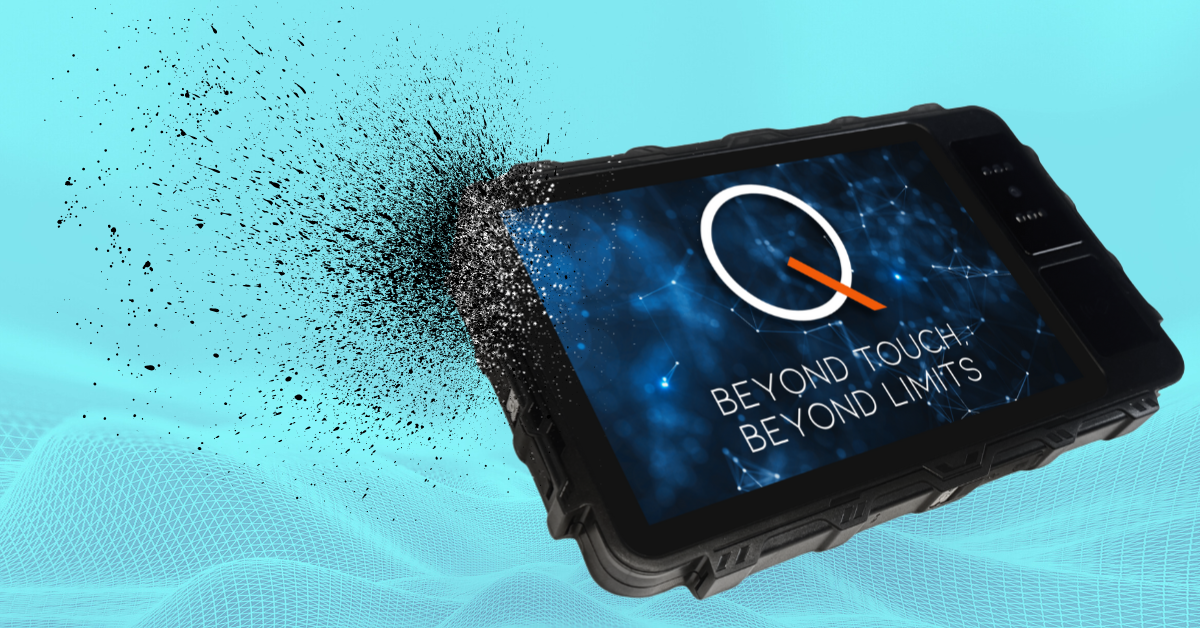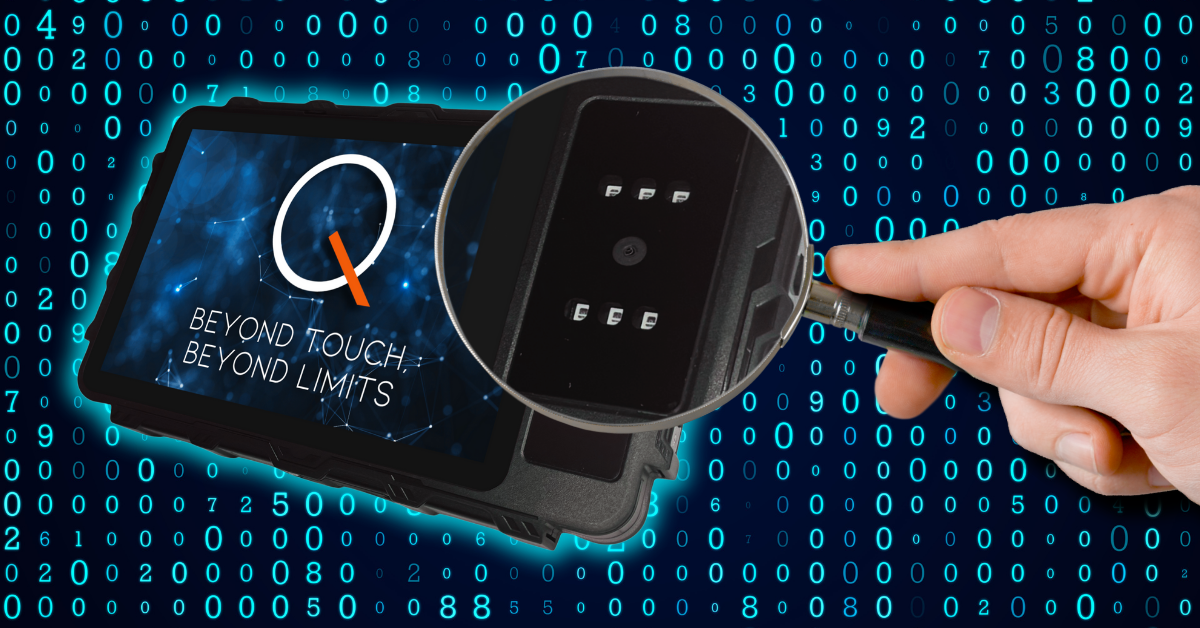Categories
Palm vein scanning technology offers a secure and efficient biometric authentication method by capturing the unique vein patterns in a user’s palm. To ensure your palm vein scanner performs reliably, regular maintenance and proper usage are essential. This article provides palm vein tips to help you maintain your device’s accuracy, longevity, and performance.
From cleaning protocols to environmental considerations, these best practices will keep your scanner in top shape, ensuring consistent results for secure access control or identity verification.

Palm vein scanners use near-infrared light to capture the vein patterns beneath the skin, which are unique to each individual. These devices are sensitive to environmental factors, user interaction, and hardware conditions. Proper care enhances their precision and extends their lifespan. By following palm vein tips tailored to the technology’s requirements, you can avoid common issues like misreads or hardware degradation.
The scanner emits near-infrared light to penetrate the skin and capture deoxygenated hemoglobin in the veins. This creates a digital template for authentication. Key components include the infrared sensor, lens, and processing unit, all of which require regular upkeep to maintain accuracy.
Neglecting maintenance can lead to reduced scan quality, false rejections, or hardware failure. Dust, improper handling, or environmental stressors like humidity can compromise the device. Palm vein tips focus on proactive care to ensure consistent performance.
To help you maintain your palm vein scanner, here’s a numbered list of 10 practical tips, each with context to ensure technical depth and applicability.
Dust, oils, or residue on the scanner’s surface can interfere with infrared light penetration, leading to inaccurate scans. Use a soft, lint-free cloth slightly dampened with distilled water or a manufacturer-approved cleaning solution. Avoid abrasive materials or alcohol-based cleaners, as they may damage the lens or sensor. Clean at least weekly or after heavy use.
Palm vein scanners perform best in controlled environments. Keep the device in a space with:
Prolonged exposure to sunlight can degrade the scanner’s infrared sensor. Position the device in a shaded area or use a protective cover when not in use. This palm vein tip prevents long-term damage to sensitive components.
Regular calibration ensures the scanner accurately captures vein patterns. Follow the manufacturer’s guidelines for calibration frequency, typically every 6–12 months, depending on usage intensity. This palm vein tip is critical for high-traffic systems.
Incorrect hand placement can lead to scan failures. Educate users to:
Manufacturers release updates to improve scanner performance and security. Check for firmware and software updates quarterly, and install them promptly to address bugs or enhance compatibility with new systems.
Check with your IT dept or device system manager as they may do this automatically for you when updates are released.
Regularly examine the scanner for scratches, cracks, or loose components. Physical damage to the lens or sensor can distort vein pattern capture. If damage is detected, contact the manufacturer for repair or replacement.
Power surges can harm the scanner’s internal electronics. Connect the device to a surge protector or uninterruptible power supply (UPS) to safeguard against voltage spikes, especially in areas prone to electrical fluctuations.
Many palm vein scanners provide diagnostic tools to track error rates, scan times, and false rejection rates. Review these metrics monthly to identify potential issues early, such as declining sensor sensitivity or software glitches.
If the scanner is portable or temporarily unused, store it in a dust-free, climate-controlled environment. Use a protective case to shield it from physical damage or environmental stressors.
Even with diligent care, palm vein scanners may encounter issues. Below are common problems and palm vein tips to address them:
Ensure proper hand positioning and clean the scanner surface. Recalibrate if issues persist.
Check for software updates or network connectivity issues if the scanner integrates with a server.
Verify environmental conditions and inspect for physical damage. Contact technical support if errors continue.
Beyond the numbered tips, adopting a proactive maintenance mindset is key. Schedule regular inspections and involve trained personnel to handle complex tasks like recalibration or firmware updates.
Additionally, maintain a log of maintenance activities to track cleaning, updates, and performance checks. This palm vein tip helps identify patterns and prevent recurring issues.

By implementing these palm vein tips, you can ensure your scanner remains reliable, accurate, and secure for years to come. Consistent maintenance not only enhances performance but also maximizes the return on your investment in this advanced biometric technology. Stay proactive, keep the device clean, and follow manufacturer guidelines to unlock the full potential of palm vein scanning.